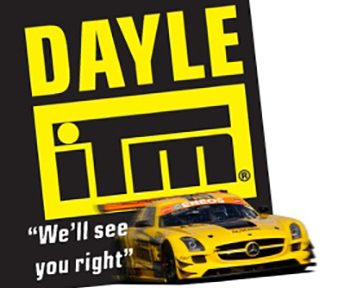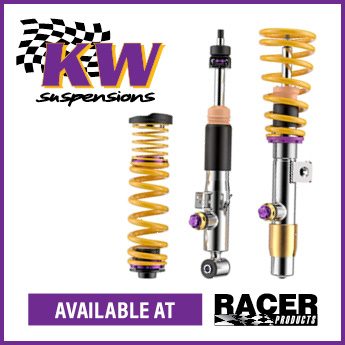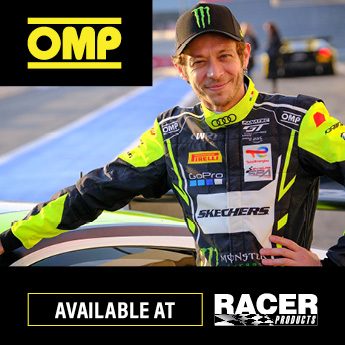Liveries make a difference on race cars.
There are fast cars, and then there are fast cars that look fast.
So, imagine having a day job where your primary role is to design one of the most iconic liveries in modern-day motorsport.
Tauranga-raised designer Simon Dibley is in charge of making McLaren’s race catch your eye both standing still and at full speed.
“You have to design for standing still and for going 200 miles per hour,” Dibley told Inverse.com.
“If you have bold enough colours, then it will likely look good at 200 mph going around a track.”

McLaren’s primary colour is papaya, a unique shade of orange first used by the brand’s founder and fellow New Zealander Bruce McLaren.
It is a standout colour, and since its return to the marque in Formula 1 in 2017, it has quickly morphed into McLaren’s IndyCar and road car projects.
One of Dibley’s latest projects has been working on designing Felix Rosenqvist’s No.7 McLaren SP racer for this season.
The car is papaya and blue, a colour palette Dibley enjoys when choosing where to layout sponsorship logos.
“We’re quite lucky with having papaya,” Dibley said. “That stands out on the grid.
“We’ll use that as a block colour, a base for putting the branding on.
“You want that to stand out as much as possible while also keeping the logos in the right space.
We keep most logos mono. Black-on-white.
“Some brands have different contracts, like Chevrolet on the IndyCar side that always has to be in colour. But we try to keep to mono most of the time to have an equal standout on the papaya.”

Race cars are constantly evolving in the elite game.
F1 and IndyCar teams flock to each race weekend with a newly designed front wing or sidepod.
Each new design means Dibley is in frequent communication with the aerodynamic and engineering side of the garage to work out how he must alter the look of the livery.
“In F1, the car can change race by race. For example, a different sidepod will alter the way that a brand logo or a graphic is put on.
“So, we always have to account for those things.”
To make it easier to wrap logos and colours around the car’s components, Dibley uses 3D software to see how each design looks from a realistic perspective.
“You can rotate it and see how it would look at different angles.
“A lot of the cameras pan when the car is going around the corner, so you get them slowing down a little bit. So, it’s more about the base colours.”
Dibley helped work on laying out the design of Rosenqvist’s unique Indy 500 livery, which finished 27th in the race.
















